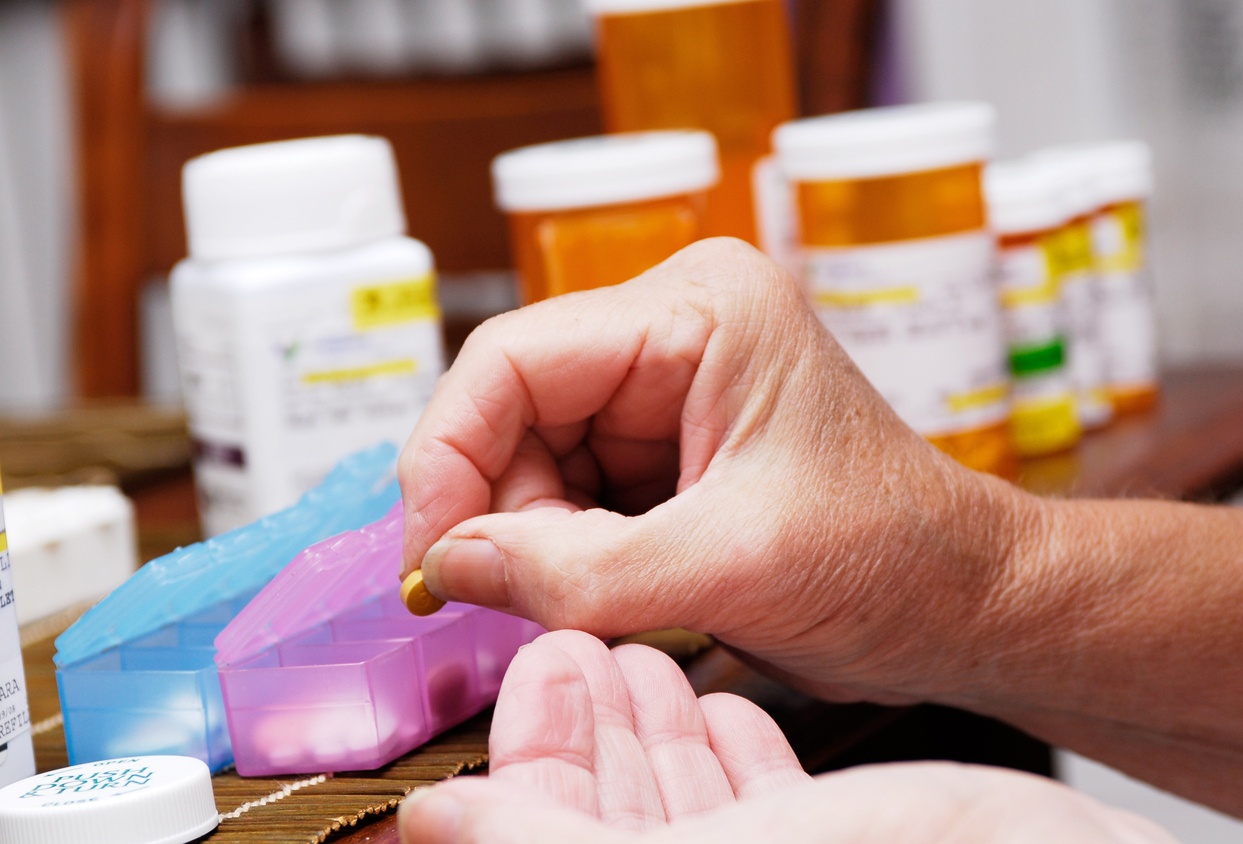
Poor medication adherence is an ongoing problem in the pharmacy industry. An overwhelming number of prescription medications are being taken incorrectly, and a 2014 study found that almost one-third of patients did not fill first-time prescriptions. In addition, the Centers for Disease Control and Prevention (CDC) reports that 50 percent of chronically ill patients in the United States stop taking their medications within one year of getting a prescription. Poor medication adherence often results in poor clinical outcomes, making it more important than ever for pharmacists to talk candidly with their patients about the importance of understanding and taking their meds.
Pharmacy educators can share these statistics with their students to help them understand the scope of the problem, but a more effective way to prepare students for the importance of discussing med adherence with their future patients is simulation. In-class role-play scenarios can help students get into the practice of asking questions, active listening, and medication counseling early in their careers.
Things to Remind Students of Before Beginning
When it comes to discussing medication adherence with patients, there are several key things to keep in mind. Here are just a few:
- Pay close attention and engage in active listening. The goal is not only to find out if patients are not adhering to med dosage regimens, but why they are not.
- Identify who may be at greater risk for medication non-adherence by paying attention to refill pickup history and by asking open-ended, non-judgmental questions.
- Look for ways to minimize the number of different medications a patient is on and simplify their dosing regimen.
- Keep an eye out for any physical or financial barriers to adherence, and look for ways to mitigate these barriers or find devices to assist.
- Get creative when attempting to help patients remember by implementing available technology and, if possible, getting assistance from the patient’s community.
How to Structure Your Role-Playing Scenarios
- Give your students adequate time to mentally prepare for the role-play; this can help ensure that they come to class ready, and that they get the most out of the exercise.
- Have students choose partners for the scenario, with one playing the role of the pharmacist and one the role of the patient. Each pair should have a scenario and a list of medications to discuss.
- You can enhance the simulation by providing each student with resources. Give the “pharmacist” a list of questions to ask, or a risk assessment tool like the Morisky Scale for med non-adherence. The “patient” should receive a list of medications that they take, potential side-effects of each, and their adherence to each dosing regimen – though they should be instructed to only divulge this information during the natural course of conversation and in response to questions posed by the pharmacist.
- If your program has access to simulated medications, such as Demo Dose®, you can provide the patient with a brown bag of different medications, so that the pharmacist can identify the different drugs and ask specific questions about them.
- At the end of the simulation, ask the student who played the pharmacist to develop a plan of action for their patient aimed at improving med adherence. This plan could include a change in dosage, a list of tips and reminders for their patient to take with them, or even a plan incorporating technology, like an app or alarm to help remind patients of when to take their meds.
After the role-playing scenario, debrief with your students to find out what went well and what could be improved. Evaluate their plans of action; help them work through ways they can improve them and brainstorm ways to make them more effective. Role-playing can help improve students’ communication skills, active listening skills, and can help engage students who might otherwise be more passive in the classroom.
Sources:
Article, Partner With Patients to Improve Med Adherence, Pharmacist’s Letter, March 2018
Clinical Resource, Medication Adherence Strategies. Pharmacist’s Letter/Prescriber’s Letter. March 2018.
https://www.cdc.gov/grand-rounds/pp/2017/20170221-medication-adherence.html
https://www.ncbi.nlm.nih.gov/pmc/articles/PMC3142966/
https://www.aafp.org/news/health-of-the-public/20140428nonadherencestudy.html
https://www.tandfonline.com/doi/abs/10.1080/13562517.2015.1020778?src=recsys&journalCode=cthe20
http://www.measureuppressuredown.com/hcprof/find/toolkit/plank4tool1.pdf






